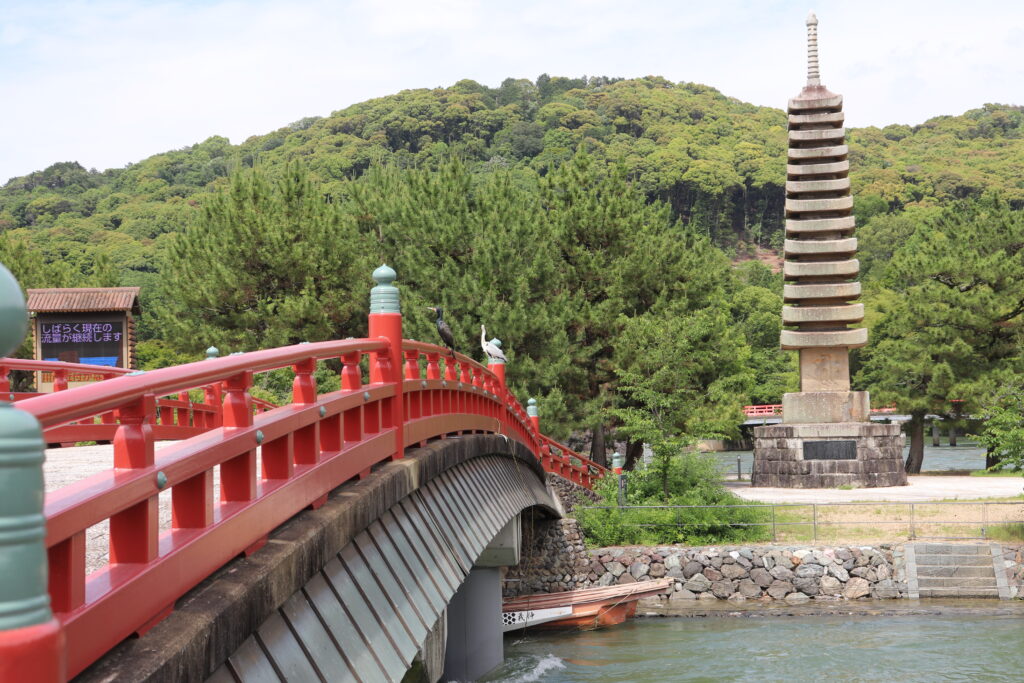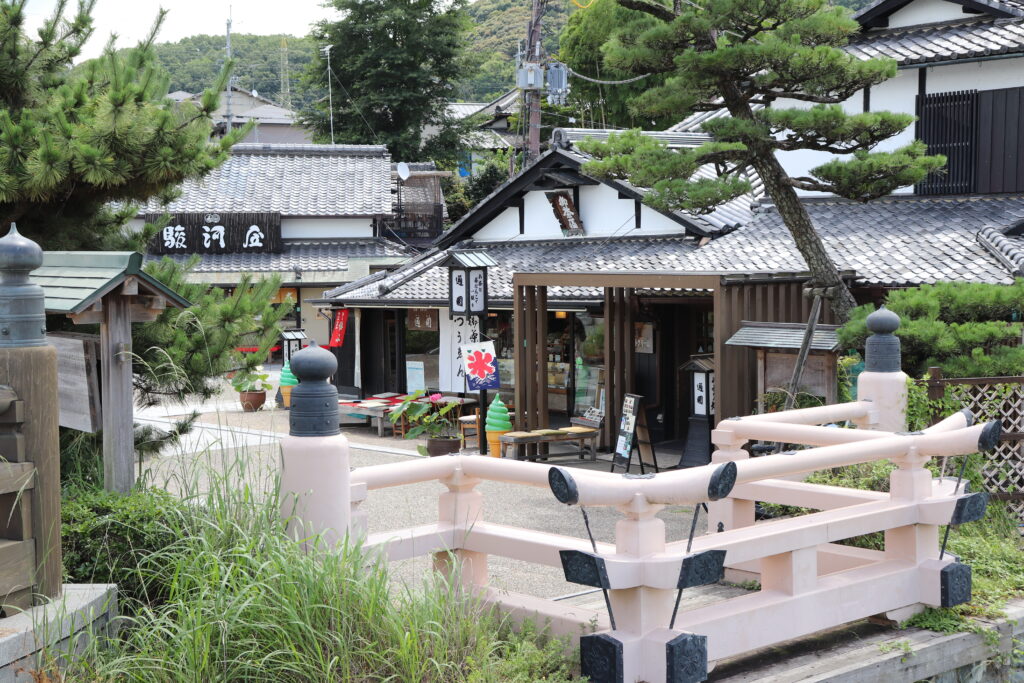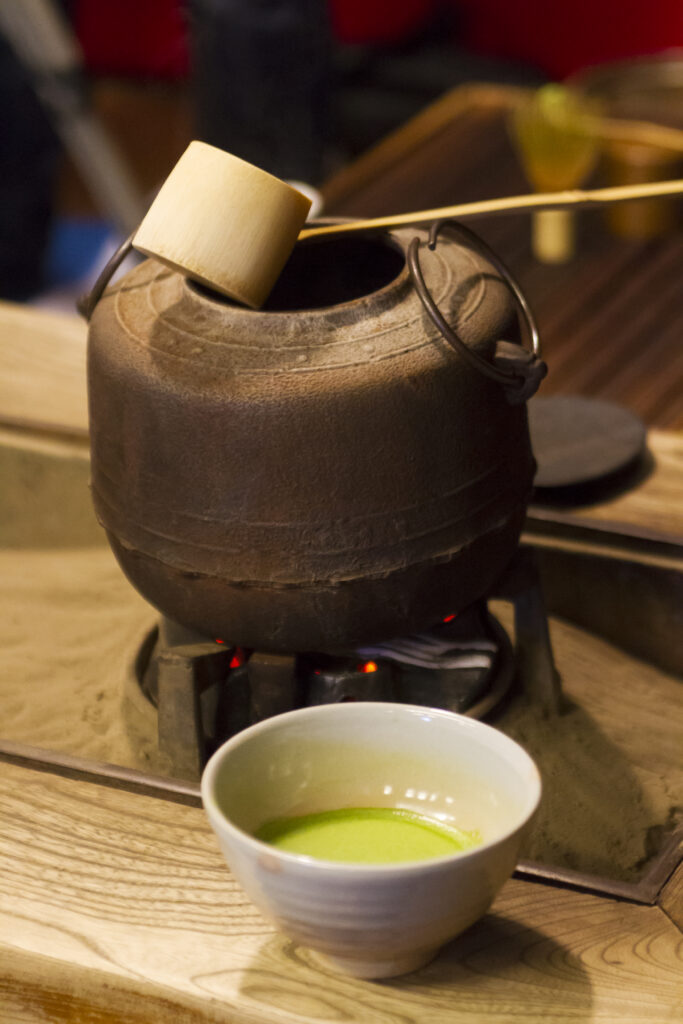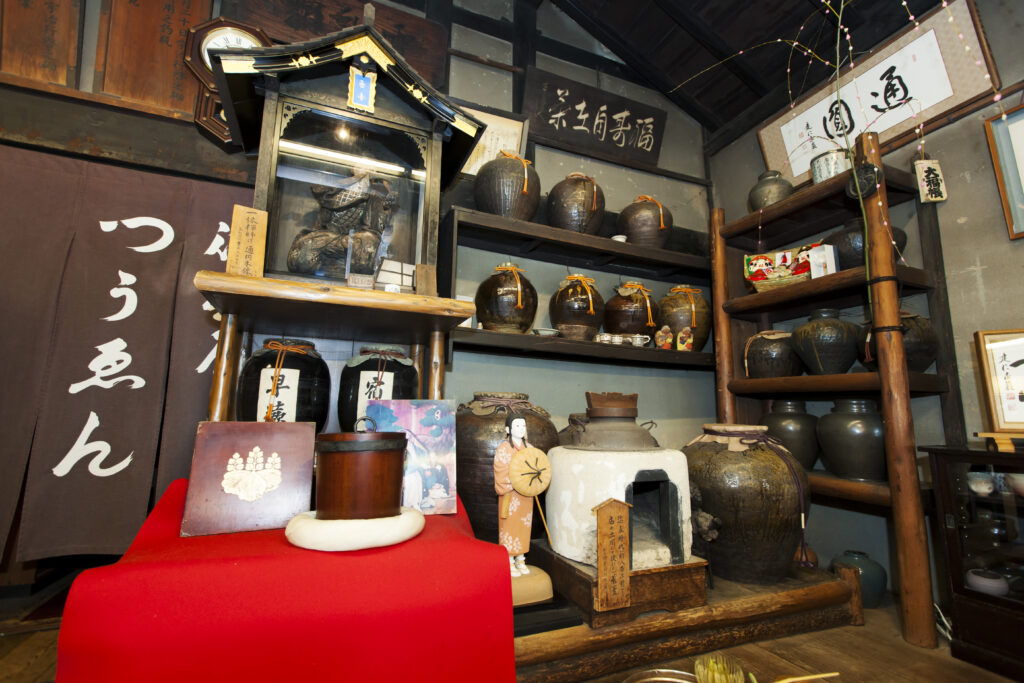Hike on Mt. Asahi and Mt. Daikichiyama
The hiking route to Mount Asahi begins at the Koshoji temple. The temple was founded in Fushimi in 1233, and rebuilt here in 1645 by Nagai Naomasa, the lord of Yodo Castle at that time. There is a small path at the white-walled temple building, extending to the right, leading to the hiking trail.
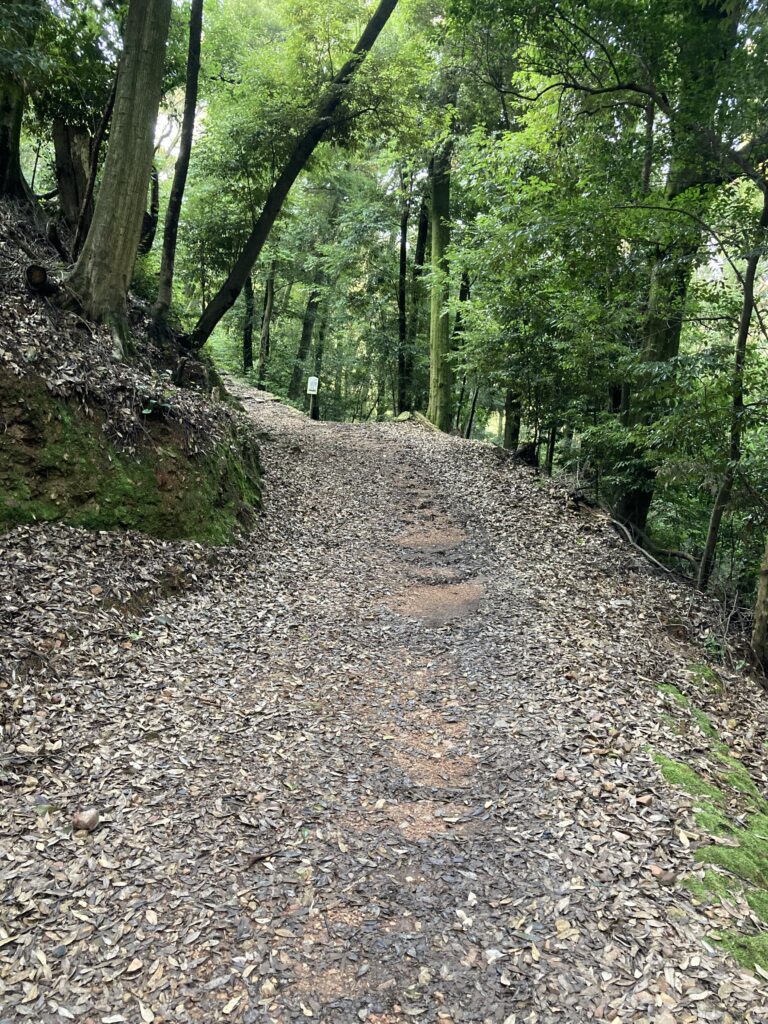
Though known by the locals, this trail is uncrowded and offers a peaceful nature experience. It’s a short climb of about 15 minutes from the temple, before you find yourself climbing a narrow, winding, rocky route up to the scenic viewpoint.
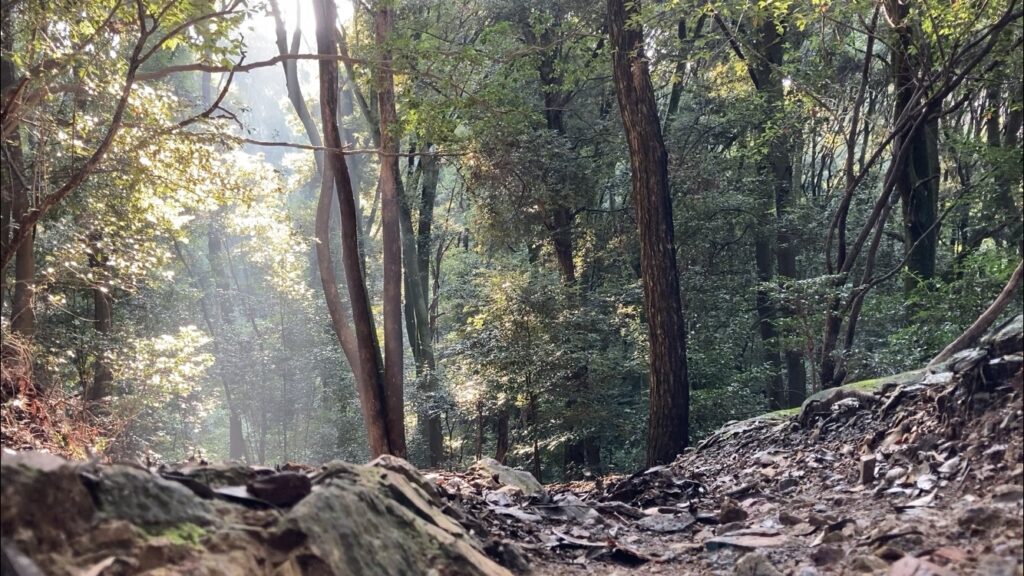
It is spacious and well-maintained, featuring many piles of stones, a stone pagoda believed to have been erected by Nagai Naomasa, and a wooden hall enshrining a statue of Asahiyama Kannon (Bodhisattva), the goddess of mercy and compassion.
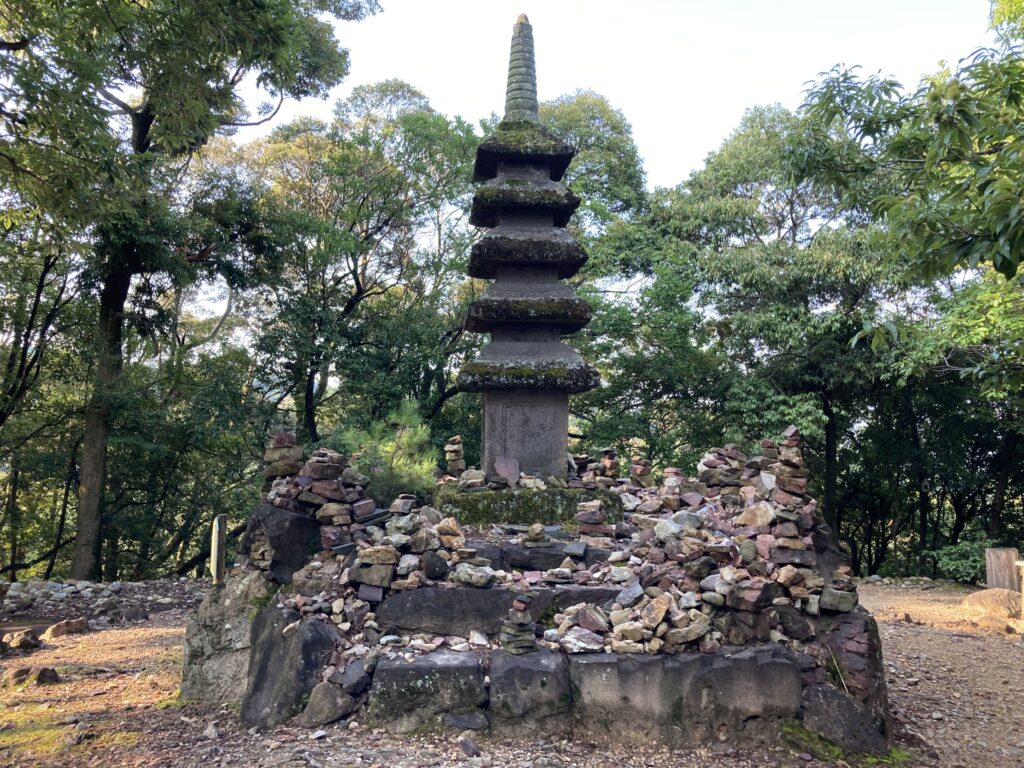
Furthermore, you can see a tombstone believed to be of Crown Prince Uji no Wakiiratsuko, which adds a touch of timeless charm. Legend says he drowned himself in the Uji River so that his half-brother, Prince Nintoku, could become the 16th emperor of Japan instead of him. Another folktale tells of him being guided by a rabbit when he was lost. The rabbit repeatedly looked back to make sure he was following. Rabbit motifs are seen at many places in Uji, including Ujikami Shrine at the base of Mount Daikichiyama (Mount Buttoku), appearing on omikuji (small items containing fortune-telling slips), omamori (traditional amulets) and many more. In the city, you may find a design of a rabbit turning its head back, too.
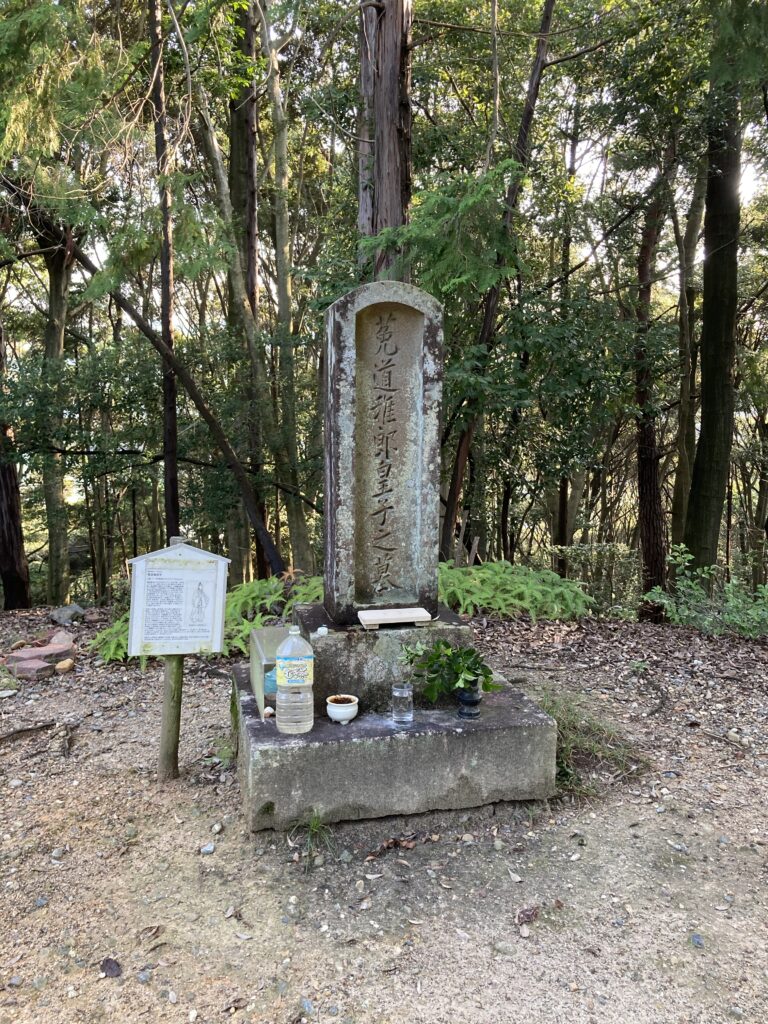
From Mount Asahi, retrace your steps a little, and then take the northwest path to reach the observation deck on Mount Daikichiyama. As well as Mount Asahi, the view from there is fantastic, stretching across the cityscape and beyond, and includes the Phoenix Hall of Byodoin Temple. This observation deck is also known as a location of the Kyoto Animation film “Sound! Euphonium.”
The descent from here is a gentle but winding path, popular with local seniors for their morning exercise. It takes about twenty minutes to reach the foot of the mountain and the path leading to Ujikami Shrine, Uji-Shrine, and Uji-bashi Bridge in the northwest.
